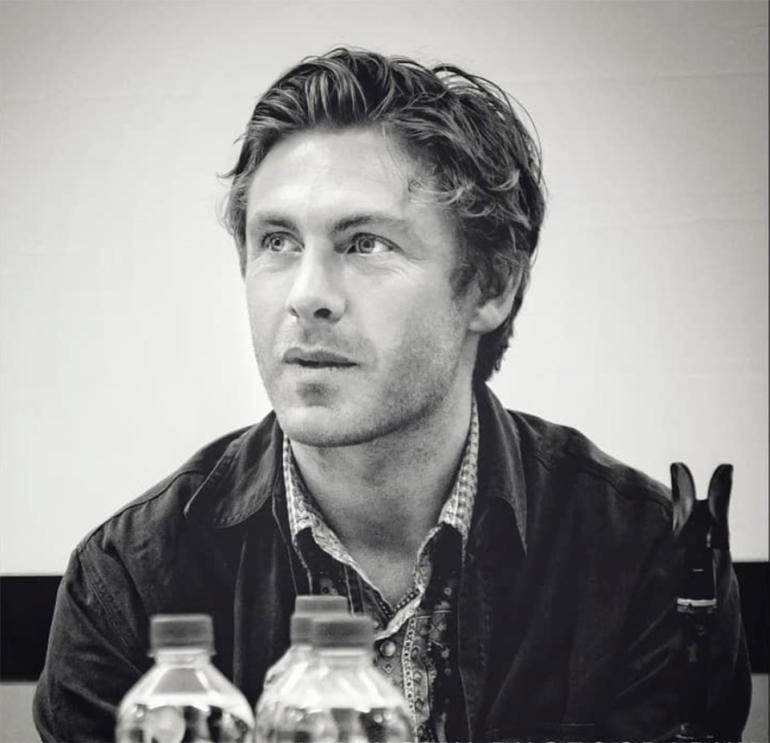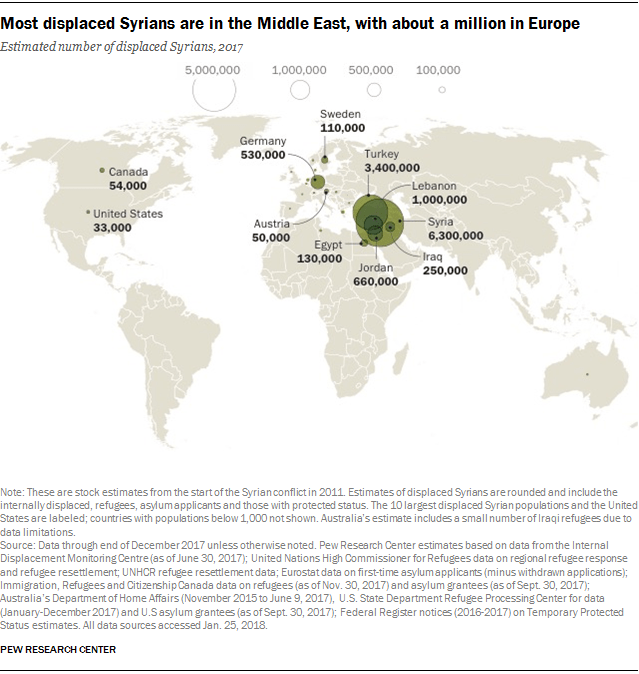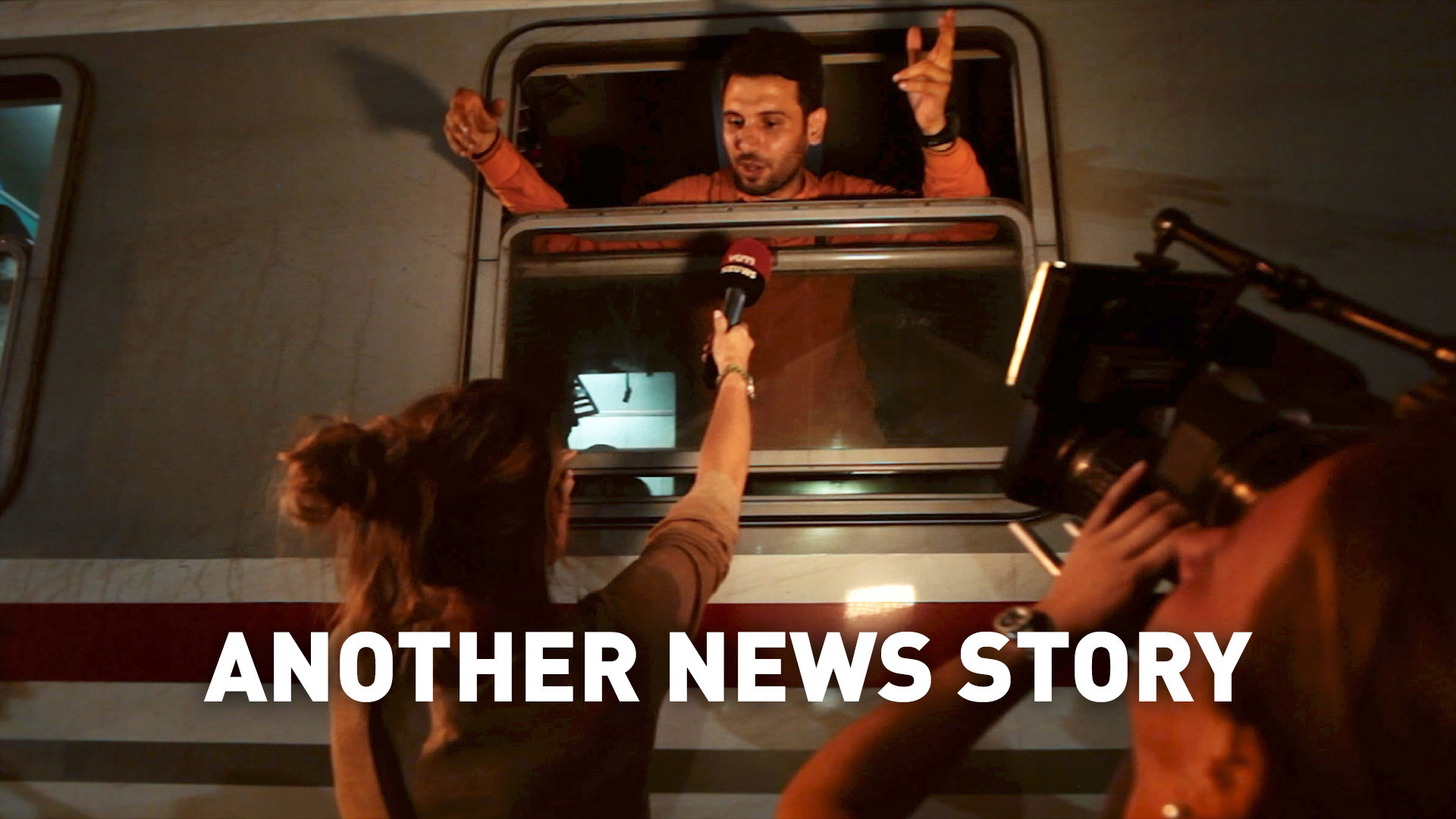
The power and plight of telling one of the most important stories of our time
Since 2011, the Syrian migrant crisis has captured the world’s attention, with harrowing images being broadcast globally every day and seemingly without end.
But as the news media on the ground – in Europe and at refugee camps – registers the stories of millions of refugees, Another News Story shines the light back onto those reporting, inspiring audiences to question the images they see, look beyond their news fatigue and fight their potential numbness to address what is still very much a global emergency.
Both a critique of the current state of the crisis and of those who are entrusted to report on it, Another News Story takes a poignant, up-close look at the impacts and the challenges of balancing objectivity and humanity in a packed and fast-moving news cycle.
WATCH
DIRECTOR Q&A | ORBAN WALLACE
What attracted you to the story of your film, Another News Story?
Sparked by the images of three-year-old Alan Kurdi’s body washed up on a Turkish beach and Germany’s decision to offer an open-door policy for Syrians, a global news-storm ensued. It followed the mass migration of refugees sweeping up from Greece, through the Balkans, and into northern Europe, as satellites and presenters frantically chased the story and beamed their interpretations to the world.
I was there, having arrived at the beginning of September to make a documentary about the influxes of migration, inspired by an earlier visit to the “Jungle” in Calais. I was desperate to see what was really going on beyond the news headlines.
Without a clear idea of what our film’s angle would be, we set off from Budapest to Lesbos (Lesvos) in Greece. As we approached the Hungarian border we decided it might be worth taking a quick look at the fence and the refugee camp there. As we turned off the motorway, we were blown away. Tension spiraled into chaos very quickly. A thousand refugees had just broken out of a camp and were running up the road toward us, while police battled to contain them. Cameramen and news presenters were running up the road to capture the drama. Women and children were crying and we were finally amid the madness we had seen on television sets and computer screens.
An enraged father came charging toward the police line, brandishing his two-year-old son in his hands as he screamed at the police. Casually, a news anchor strolled up in front of the action, calmly combed his hair to one side, smiled and proceeded to report to the camera in Hungarian. I decided to film his report. As he finished he smiled to his cameraman, who gave him the thumbs-up. He looked around nonchalantly while the father was still screaming, and wandered off, pointing to other refugees. This episode stayed with me and replayed over and over again in my mind. I had never witnessed news reporting firsthand and seen the reality of what is left behind when the cameras are turned off.
That night the refugees were marched back to the camp, and there we met Bruno and Johnny. They were setting up for a “number one”-rated U.S. news anchor to go live amid the sleeping bodies, which appeared to be frozen on the floor. I interviewed Bruno, a charismatic news veteran who had been in the game for 20 years. He had been covering the story for the last month and had many views about the situation. There was a candid calmness about him and his crew, who stood around laughing and joking. This was simply a job for them; the next week, Bruno said, they would be covering the Venice Film Festival.
For me, this was a fascinating insight into those behind the news reports and offered a parallel reality, which was playing out amid this disturbing situation. The realization dawned on me that it wasn’t just the refugee story that was interesting. It was the global news story being constructed around us, based on perceptions rather than realities.
Why was it important to tell this story?
Another News Story lifts the lid on what happened on the ground during the pivotal months of this Mediterranean migration crisis. It serves as an eye-opening account of how news is created, and a reminder that for many [that] this was much more than Another News Story.
The film allows space and time to feel connected to the stories of the refugee's characters and to understand them as people just like you and I. It also gives context to the difficulties journalist face when covering human tragedies and an inside view to the people behind the news.
I think it’s important that people learn to understand more about news and the process which goes into making it, as people beliefs are often founded upon what they have seen. Another News Story allows people an insight into the news machine, so people can hopefully have a more informed insight into the process in which they take their news from.
What should we know about your filmmaking process?
The film was my debut feature and we weren't commissioned, funded or given any support from the industry while making the film. Thus the film has a rogue roughness and intimacy, which goes with a team learning on the job and making their way across Europe with no money, desperately trying to keep up with the news story and often camping with the refugees we met.
We were a team of 5 in a very small car with lots of kit. We had managed to blag a Sony F55 cinema camera from my friend's rental company which had just started and didn't really realise what we were up to. This and a set of vintage prime lenses gave the film a cinematic and beautiful look, which I am very glad we decided to do, besides the stress of looking after such an expensive piece of kit. The camera also worked as a lure for the news cameramen who were fascinated to see such a camera on such a scruffy set of boys.
Over the month, as we followed the migration from Greece to Germany, we went behind the cameras of the news teams and journalists. As they focused on the challenges, desperation, and violence that the refugees faced, we turned our cameras to face those reporting. We put the questions to them. This gave us an insight into the problematic world of news reporting and the fine line that journalists tread to get the best story, which here is essentially about humanity in flux.
After completing the shooting we still didn't have any money, and because we didn't get commissioned, we then found it very difficult to get any broadcasters interest, due to a general level of refugee fatigue in the media. This for us was very annoying, as our film wasn't just a film about refugees, and even if it was, it felt awful these powerful stories we captured may go unseen. So we battled on and crowdfunded enough money to edit the film. We had an amazing producer, who came on board, it was also her first feature as producer, but she did a great job and helped with financing, which got us through the expensive post-production stage. We were then very lucky to of been selected for the prestigious Karlovy Vary film festival, which acted as a snowball effect for all the other festivals, which in time lead for us being picked up for distribution.
Did you make any unexpected discoveries while shooting?
I think our main and most disturbing discovery was the actual reality of the plight the refugees faced. When you see how badly Europe was handling the crisis firsthand and you have never experienced human suffering before, it is quite a shock to the senses. Our team had never had any training for such situations, as journalists, aid workers do. So it was a real shock to a lot of the team. We had to learn quickly how to handle ourselves in many difficult and dangerous situations. We crossed borders illegally with refugees and got us ourselves in quite a few sticky situations, where we were unsure what side of the law we stood on. The strength of the people we met though and their coverage was amazing.
What do you hope your documentary will achieve?
I would really hope our film gives people a more informed perspective on the refugee crisis and news reporting in general and starts a talking point for people to discuss the role of the media. I hope for it to be seen by people who have a misguided and racist attitude to refugees, so they can get to know these people, as real people with families and feelings just like them. I would hope also for journalists to see this film and reflect upon how important honest and good reporting is and how damaging it can be if it's not to people’s beliefs.
We live in a world where people don't know what to believe and I think it’s very important that our media remain free and independent and continue to report fairly. Another News Story is a window into a very important month in European history when the world was watching. The problems haven't gone away, the media has just moved on.
DOCUMENTARY SELECTS
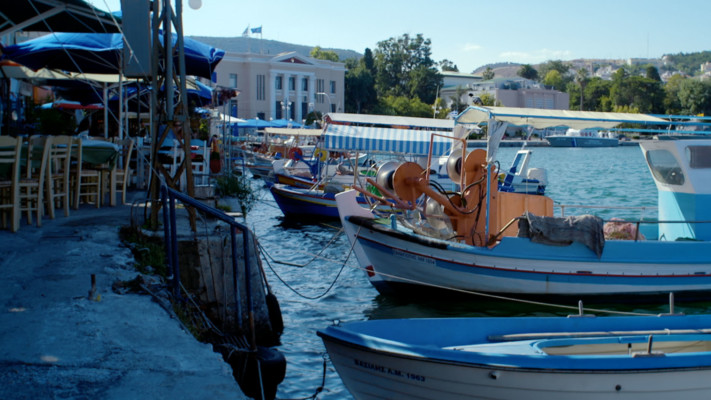
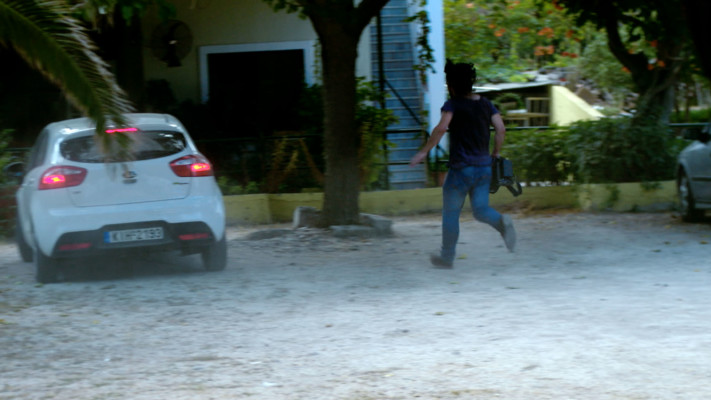

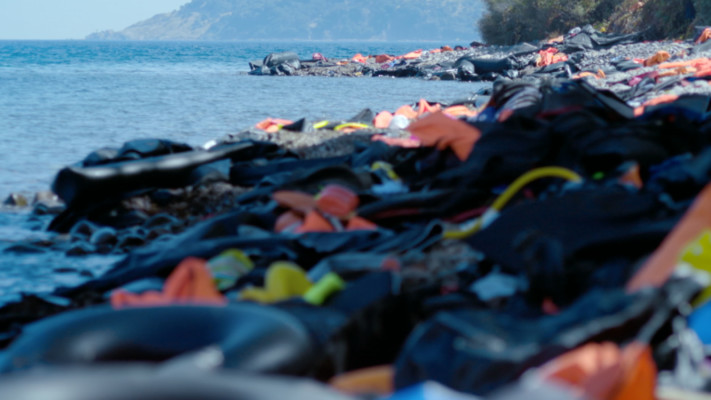
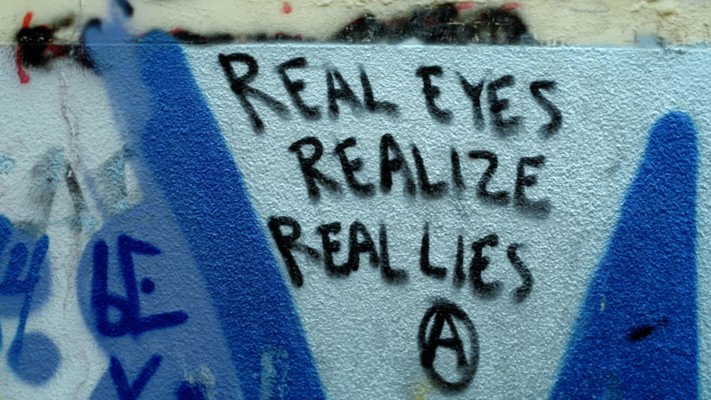

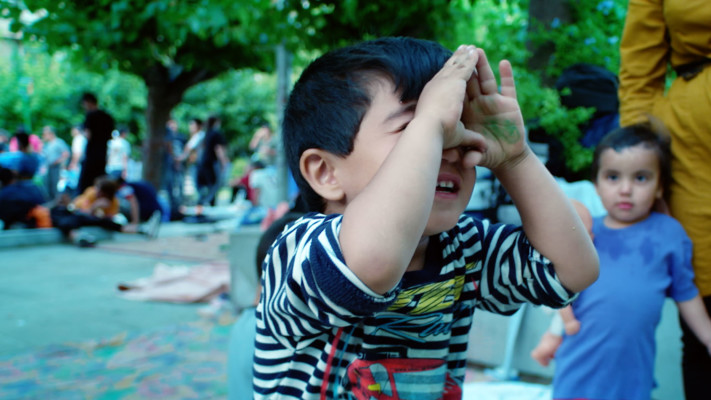
DATA | PEW RESEARCH CENTER
UNHCR | SYRIA EMERGENCY
https://youtu.be/0E8JD8BItRc
“Syria is the biggest humanitarian and refugee crisis of our time, a continuing cause of suffering for millions which should be garnering a groundswell of support around the world.”
- Filippo Grandi, UNHCR High Commissioner
Since 1950, the United Nations High Commissioner for Refugees has been working to protect and assist refugees around the world.
Click here to learn more about how the UNHCR is responding to the Syrian crisis.
 CGTN America
CGTN America
